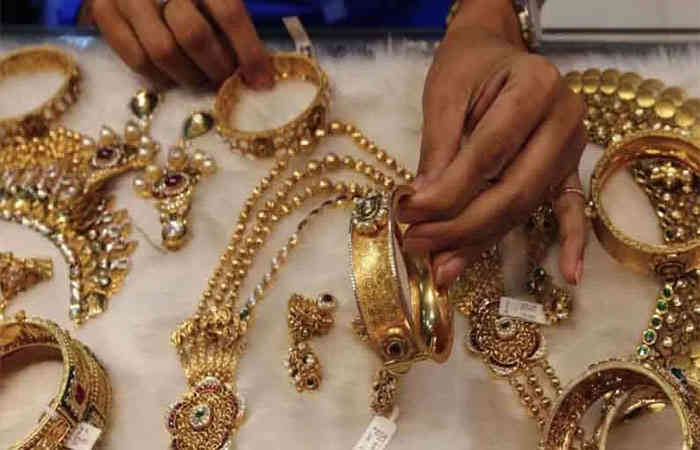
Unique ID of each piece of jewelery mandatory from July
If the jewelery is stolen, the thief will be caught immediately. The execution time limit has been extended to July 1
New Delhi: If a piece of jewelery is stolen or lost, it cannot be traced but its owner can be easily identified. In fact, the government is going to make the unique identification (UID) of every piece of jewelery mandatory from July 1 in the same way that all citizens of the country are identified by UID in the Aadhaar card.
The code of the seller jeweler and the identity of the jeweler will be recorded in this UID. The police or anyone will enter this UID in the mobile application created by BIS to know immediately when and where these jewelery were purchased.
The jeweler will also have information about the customer who has sold the jewelery of this UID. Homakg has been in jewelery for a long time. It has four marks, showing the BIS logo, purity, hall-making center and jewelers bar information.
Now the number of marks in the new UID-based hall-macag has been reduced from four to three. This will have the BIS logo, purity and a third whole seal that will describe the jeweler and the jewelry. This arrangement will then help to stop the business of selling impure and non-standard jewelery.
Hallmarking of gold jewelery has become mandatory in 256 districts of the country. From now on, jewelers in these districts will be able to buy and sell only hallmarked jewelery. The government has given all jewelery traders till September 1 to hallmark the old stock lying with them. Until then they will have to be hallmarked on the old stock. No action will be taken against any trader during this period.
The government gave the jewelers more than a year to register, but there are currently about 5 lakh jewelers in the country out of which about 40,000 have registered for it. That means even 10 per cent jewelers have not registered in 1 year. There are many jewelers who have not done this registration on purpose.
Comments
Post a Comment
What you think about this NEWS please post your valuable comments on this article, we will immediately publish your comments on this page